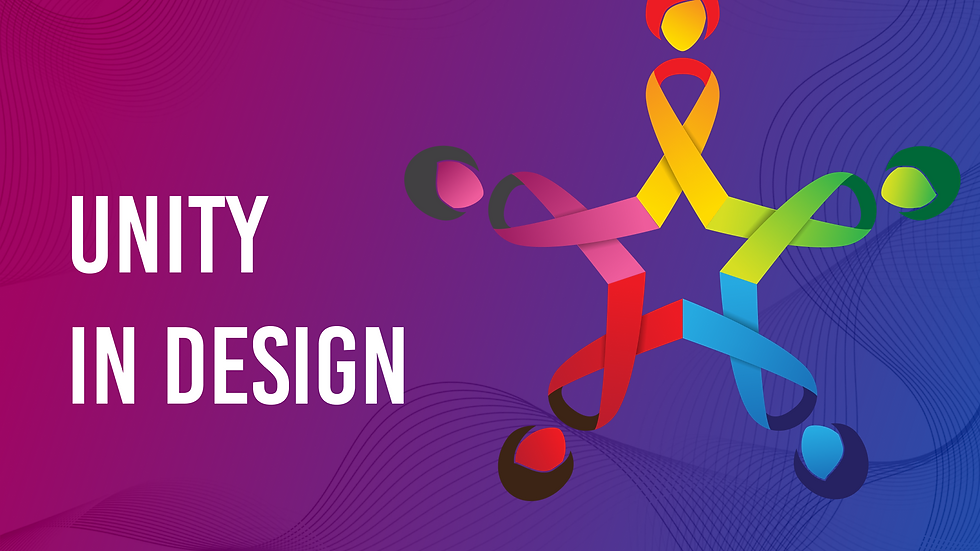Mastering Hierarchy in Design: The Key to Effective Design Communication
- Rohit Kumar Verma
- Apr 10, 2024
- 2 min read

In the vast landscape of design, where elements vie for attention and messages compete for clarity, hierarchy emerges as a guiding principle—a beacon of order and organization amidst chaos. Hierarchy is the strategic arrangement of visual elements within a composition to create a clear structure, establish priorities, and guide viewer perception. In this blog post, we'll explore the concept of hierarchy in design, its importance, and how it empowers designers to communicate effectively and engage audiences.
Unraveling Hierarchy
Hierarchy, in design, refers to the deliberate organization of elements based on their relative importance or significance. By establishing a clear visual hierarchy, designers can direct the viewer's attention, convey information hierarchy, and create a sense of order within a composition. From typography to layout, colour to scale, every decision contributes to the overall hierarchy and impacts the viewer's experience.
The Significance of Hierarchy
Hierarchy plays a fundamental role in design for several reasons:
1Clarity and Readability: Hierarchy enhances clarity and readability by guiding viewers through the content in a logical manner. By organizing information based on importance, designers help users navigate the composition more easily and absorb key messages effectively.
Visual Organization: Hierarchy provides visual organization, helping to structure content and create a sense of order within a composition. By establishing distinct levels of importance, designers prevent visual clutter and ensure that the composition remains coherent and digestible.
Emphasis and Focal Points: Hierarchy enables designers to establish focal points and emphasize key elements within a composition. By giving certain elements more prominence through size, colour, or placement, designers can draw attention and create visual interest.
Brand Consistency: Hierarchy plays a crucial role in maintaining brand consistency across various design assets. By adhering to predefined hierarchy guidelines—such as typography styles, colour schemes, and layout patterns—designers reinforce brand identity and strengthen brand recognition.
Implementing Hierarchy in Design
Designers can implement hierarchy through various techniques and principles:
Typography: Varying typography styles, such as font size, weight, and style, helps establish a hierarchy within text-based content. Headlines, subheadings, and body text can be differentiated to indicate their relative importance.
Color: Color can be used to create a hierarchy by highlighting important elements or grouping related content. Vibrant colours or high-contrast combinations can draw attention, while muted tones can recede into the background.
Scale and Proportion: Scaling certain elements larger or smaller than others creates visual hierarchy and emphasis. Larger elements tend to attract more attention and can serve as focal points within the composition.
Layout: Strategic placement and arrangement of elements within the layout contribute to hierarchy. Grouping related content together and organizing it in a logical sequence helps establish an information hierarchy and guide viewer perception.
Conclusion of Hierarchy in Design
Hierarchy is the backbone of effective design communication, providing structure, clarity, and organization to compositions of all kinds. By establishing clear levels of importance and guiding viewer perception, hierarchy empowers designers to communicate messages effectively, engage audiences, and create memorable visual experiences. Whether designing websites, branding materials, print publications, or digital interfaces, mastering hierarchy is essential for achieving design excellence. Embrace the principles of hierarchy, and unlock the full potential of your design endeavors.



Comments